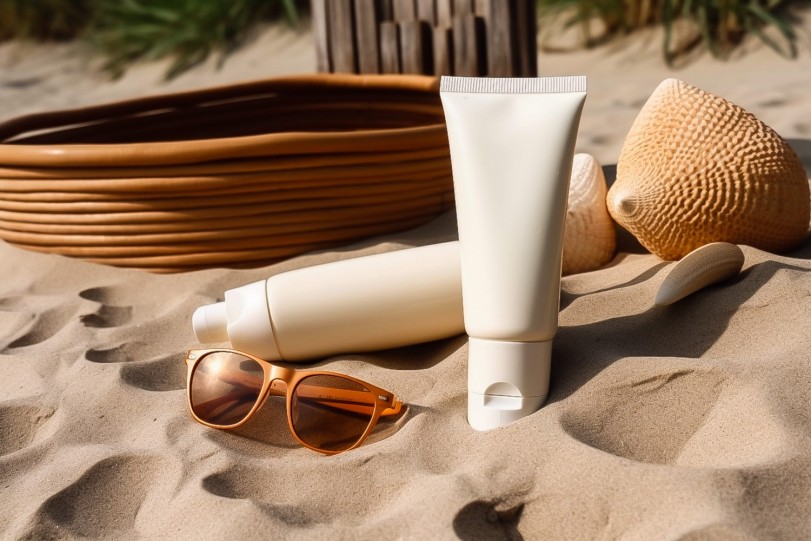
When it comes to protecting your skin from harmful UV rays, the choice between regular sunscreens and sunscreen sticks can be a daunting one. Both options offer distinct advantages and disadvantages, making it crucial to understand their pros and cons.
Nonetheless, the choice ultimately depends on individual preferences, skin type, and specific needs. Regular sunscreens suit those seeking versatile and broad coverage, while sunscreen sticks excel in portability and targeted application. Consider your lifestyle and skincare routine to make the right choice for optimal sun protection.
To help you make an informed decision based on your skincare needs, here are the pros and cons of each.
Pros of Using Sunscreen Sticks
1. Easy to apply
Sunscreen sticks boast a thicker formulation that facilitates easy application, a stark contrast to the sometimes messy application of lotions and creams.
2. Portability
The compact and lightweight nature of sunscreen sticks makes them an ideal on-the-go companion, effortlessly fitting into purses or backpacks.
3. Better application for eye and lip area
Sunscreen sticks offer smooth gliding for thorough application, particularly beneficial for the delicate skin around the eyes and lips.
In her YouTube video, Dr. Joyce Park, a board-certified dermatologist, shared her recommendation for patients with sensitive skin. She suggests using sun sticks around the eyes and lips, highlighting that many individuals with sensitive skin often experience reactions or irritated eyes when using traditional sunscreen creams.
4. Reapplication made easy
Sunscreen sticks excel in the realm of reapplication, offering a less messy solution every two to three hours or after activities like swimming or sweating.
Cons of Using Sunscreen Sticks
1. Possibly suitable for reapplication only
Achieving proper coverage with sunscreen sticks may require multiple passes, specifically about four passes, for your skin to be effectively protected from the sun, as the American Academy of Dermatology suggests.
This could make it harder for you to know how much you're applying, making it more suitable for reapplication rather than the initial application. For initial application, it is still recommended to use traditional or regular sunscreen creams. Dr. Park advocates for a similar approach to application.
2. Hard to notice missed spots
Sunscreen sticks can struggle to reach smaller, intricate areas of the face, leaving some portions unprotected. Furthermore, although it avoids white streaks, the clear application can make it challenging to identify missed spots until exposed to sunlight.
3. Not ideal for very oily skin
The thicker formulation of sunscreen sticks may be too heavy for individuals with very oily skin. Opting for products formulated specifically for oily skin is advisable.
Pros of Using Regular Sunscreen
1. Coverage and application
Regular sunscreen, available in lotions or creams, offers broad coverage with even distribution, ensuring protection for various body parts.
2. Versatility
Available in various SPF levels, regular sunscreen caters to individual skin types and the intensity of sun exposure. Additional ingredients address specific skincare needs.
3. Consistency
Lightweight and quick-absorbing, regular sunscreen leaves minimal residue, promoting comfort throughout the day.
Cons of Using Regular Sunscreen
1. Spill and leakage risk
Regular sunscreen lotions are prone to spillage or leakage, posing a risk, especially during travel.
2. Difficulty in application
Some individuals find the application of sunscreen, especially in lotion or cream form, to be a cumbersome process as it can be quite messy and sticky to the hands.


